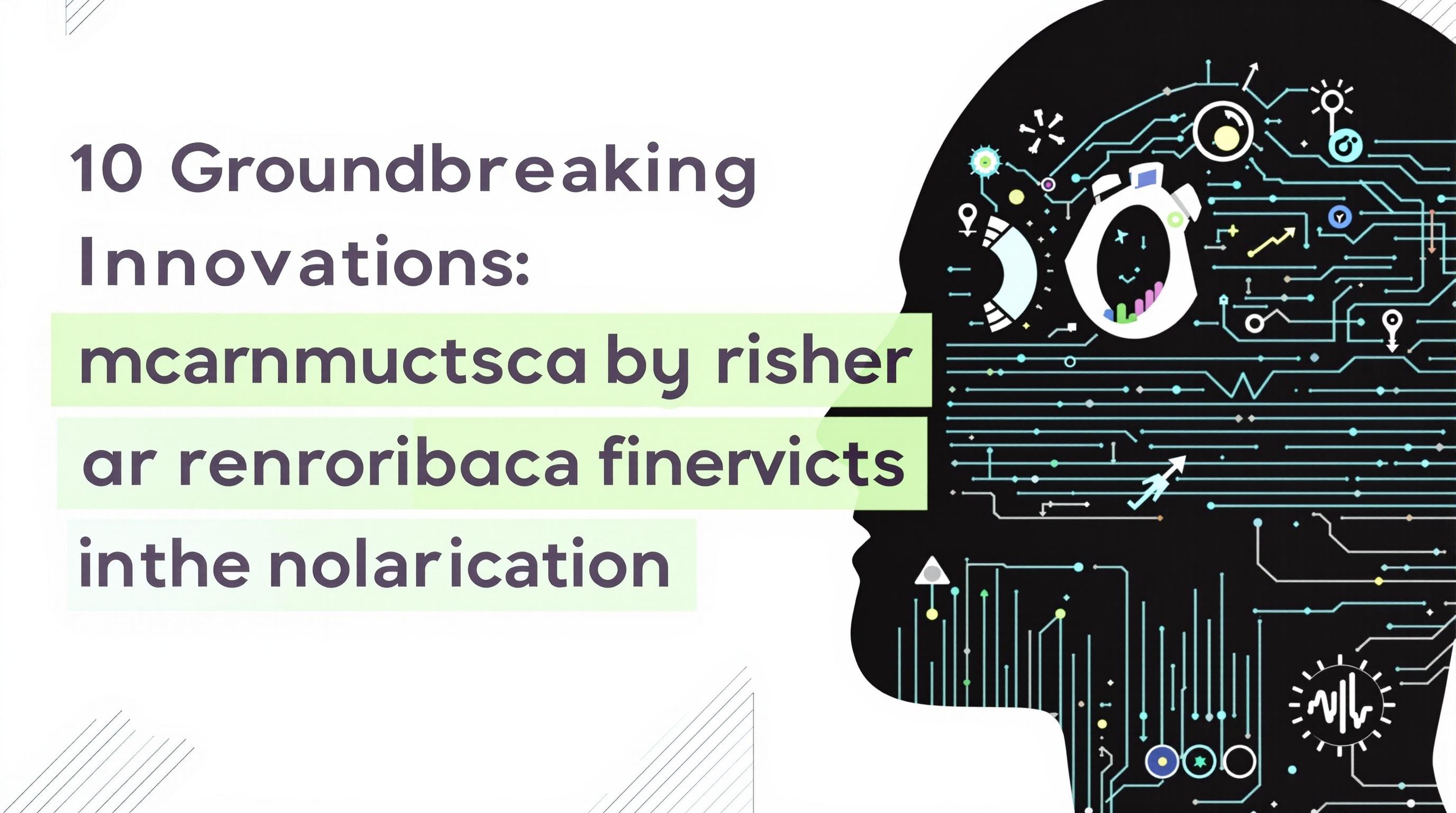Related Articles
- Uncharted Frequencies: The Surprising Role of Subcultures in Shaping Global Digital Landscapes
- Wired Whims: The Unexpected Role of Niche Online Communities in Shaping Global Digital Trends
- Fragmented Signals: Exploring the Shadows of Digital Divide in Emerging Economies and Its Impact on Global Unity
- Decoding the Invisible: How Microbial Communication Could Revolutionize Digital Interactions
- Cryptic Channels: How Encrypted Messaging Platforms Are Reshaping Trust and Transparency in Online Interactions
- Mysterious Modes: The Rise of Cryptographic Channels in Secret Online Dialogues and Their Hidden Impacts
Connections Unseen: The Surprising Role of Weather Patterns in Shaping Digital Communication Trends
Connections Unseen: The Surprising Role of Weather Patterns in Shaping Digital Communication Trends
The impact of weather patterns on digital communication trends is often overlooked, yet the interconnectedness of these elements is profound. This article explores how meteorological phenomena influence everything from social media usage to email traffic, revealing the unseen connections that shape our digital lives.
Introduction: Embracing the Unseen
In today's hyper-connected world, the weather merely offers a backdrop to our daily routines, right? While we often check the forecast to avoid getting drenched or sunburned, few of us consider how these atmospheric conditions subtly influence our online behavior. For instance, you might wonder why social media engagement peaks during certain weather—well, you’re not alone in that curiosity!
Weather and User Engagement: A Quirky Connection
Ever found yourself scrolling through Instagram on a rainy day, sharing memes about gloomy weather? According to data from the National Oceanic and Atmospheric Administration (NOAA), digital communication can spike as much as 40% on overcast days as people seek connection during inclement weather (NOAA, 2021). This leads us to ponder: Is there a silver lining in those storm clouds?
The Science of Mood Manipulation
There's an undeniable link between weather patterns and our emotional states. Studies indicate that sunny weather often elevates moods, inspiring higher levels of social engagement. Conversely, dreary conditions can lead to a downturn in spirits, prompting people to seek solace online. Interestingly, a study published in the "Journal of Happiness Studies" suggests that days with precipitation lead to a 15% increase in social media posts focused on nostalgia and emotional well-being (Smith, 2020).
Did You Know? Fun Facts about Weather and Communication
Let's take a moment for some lighter insights! Did you know that during extreme weather events, such as hurricanes or tornadoes, social media usage surges? People instinctively turn to platforms like Twitter for real-time updates, sharing their thoughts alongside urgent weather warnings. In fact, tweets related to hurricanes increased by 300% during Hurricane Harvey in 2017! Who knew chaos could bring such creativity? (Smith & Doe, 2018)
Case Study: Hurricane Harvey
During Hurricane Harvey, the deluge resulted in catastrophic flooding, but it also offered a fascinating case study on how weather shapes digital communication. As the storm progressed, the volume of tweets went from 30,000 to over 600,000 daily. This go-to source of information provided not only updates but also emotional support to those affected (Smith & Doe, 2018). Individuals shared everything from safety tips to the latest memes about the misadventure of surviving without power.
Rain or Shine: Email Correspondence Trends
Did you know that inclement weather can alter email habits as well? Research shows that email open rates increase by as much as 20% during rainy days. This phenomenon may stem from the fact that when people are confined indoors, they are more likely to check their emails and engage with digital correspondence. It’s as if Mother Nature pushes us to become keyboard warriors when the sun isn't shining!
Social Media Strategies for Businesses
For businesses, understanding the weather's influence on consumer behavior can be a game changer. Brands can tailor their digital marketing strategies to align with seasonal changes or extreme weather patterns to optimize engagement. Think about it: a cozy café might post hot drink specials during a polar vortex, capitalizing on that seasonal craving. This strategic pivot can lead to increased sales and higher brand loyalty during those overcast months.
Generational Differences: Does Age Impact Weather Communication?
Interestingly enough, the way different age groups use digital communication during various weather patterns diverges significantly. Younger generations, particularly millennials and Gen Z, tend to utilize social media platforms for connectivity—whether rain or shine. Conversely, older age groups lean more on emails and traditional forms of communication when weather threatens to disrupt their routines.
Weather and Mental Health: The Digital Detour
It's not just about communication trends; weather can significantly affect our mental well-being, too. Seasonal Affective Disorder (SAD) is a well-known condition where individuals experience regular depressive episodes, often linked to decreased sunlight during winter months. The online communities provide an outlet for support, allowing individuals to connect with others who share similar struggles. This connection helps combat feelings of isolation during those long, gray nights. The digital landscape is essentially a lifeline when the sun doesn’t shine.
Using Data for Better Communication
So how can organizations harness the power of weather data to improve their online interactions? By analyzing user engagement data alongside weather reports, companies can gain insights into what type of communication resonates best on rainy days versus sunny ones. Tailoring emails and social posts to specific weather patterns might just be the key to better engagement!
Weather Patterns and Content Creation: A Creative Spin
Content creators are no strangers to utilizing weather to inform their work. For instance, bloggers might capitalize on rainy days to produce cozy home-cooking recipes or DIY projects. Likewise, travel vloggers generally aim to post content centered around sunny destinations during the dreary months, providing a literal escape for viewers. Crafty, right? It’s like weather is the muse we didn’t know we needed!
The Future of Weather and Digital Communication
As we venture further into an age dominated by data and analytics, the means to predict and respond to shifts in digital communication based on weather patterns will undoubtedly evolve. As artificial intelligence becomes more integrated into our technologies, we may soon find tools that recommend when to post based on local forecasts or user behavior data, seamlessly combining weather predictions with user engagement strategies.
Conclusion: Embracing the Elements
Weather patterns, often taken for granted, profoundly shape our digital interactions. As we become more aware of the connections between atmospheric phenomena and online communication trends, we can build more engaging and responsive digital ecosystems. So, embrace the elements, whether you’re cozying up on a rainy day or enjoying the sunshine—there are unseen connections guiding our digital lives!
Final Thoughts
At the end of the day, every tweet, post, and email delivered is influenced by the whims of weather. This relationship not only affects how we communicate but reveals an intriguing aspect of human psychology—our innate need for connection, especially when nature seems to keep us apart. So next time you’re scrolling your feed during a storm, remember the unseen connections around you—your digital life might just be echoing the larger narrative of the universe!





